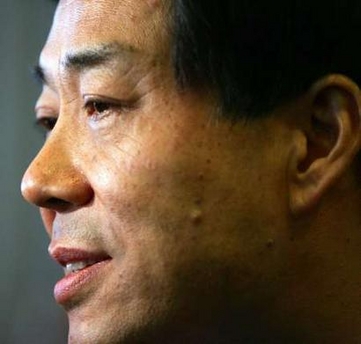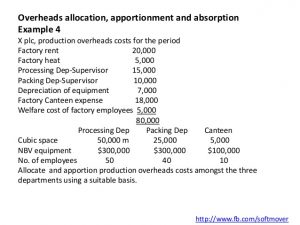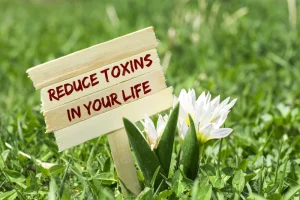
There is an optional demographic questionnaire that will help SBA and others understand who got these loans. If you would prefer to work with your lender, lenders can still accept PPP forgiveness applications directly. However, stories emerged about sole proprietors only qualifying for teeny-tiny loans—loans hardly worth the time spent applying. Borrowers who have had their application submitted to SBA by their lender can create an account in the SBA Capital Access Financial System (CAFS) to monitor their loan status. This loan may be fully forgiven and may provide essential funding to your business. It’s important to spend your loan proceeds correctly if you want to qualify for full forgiveness.
Michael Jones is a Senior Editor for Funding Circle, specializing in small business loans. He holds a degree in International Business and Economics from Boston University’s Questrom School of Business. Prior to Funding Circle, Michael was the Head of Content for Bond Street, a venture-backed FinTech company specializing in small business loans. He has written extensively about small business loans, entrepreneurship, and marketing. “The whole idea of the PPP, at least originally, was not so much to put money in a business’s pocket to maintain the business, but to maintain employees,” said Robert Durkin, president of the Scranton Chamber of Commerce. Receive information about upcoming SBA events, news alerts, and program updates.
PPP Loan Forgiveness Application + Instructions
Whichever method you choose, keep good records in case the SBA later audits your loan. The exception is businesses with a NAICS code starting in 72 who took a second draw loan based on 3.5 x net profit. SBA Form 3508S does not require borrowers to provide additional documentation upon forgiveness submission, but borrowers should be prepared to provide relevant documentation if requested as part of the loan review or audit processes. Effective March 13, 2024, all borrowers, regardless of loan size, can use SBA’s direct forgiveness portal. First, they released new applications for first-draw and second-draw borrowers.
Payroll costs incurred during the borrower’s last pay period of the covered period are eligible for forgiveness if paid on or before the next regular payroll date; otherwise, payroll costs must be paid during the covered period to be eligible for forgiveness. Payroll costs generally are incurred on the day the employee’s pay is earned (i.e., on the day the employee worked). For employees who are not performing work but are still on the borrower’s payroll, payroll costs are incurred based on the schedule established by the borrower (typically, each day that the employee would have performed work). The basic premise of PPP is that business owners—including those who are self-employed—can apply for a loan of 2.5 times their average monthly payroll.
The American Institute of Certified Public Accountants (AICPA) has called on Congress for a 60-day deadline extension, but there’s been no official response yet. The documents you’ll be required to submit will vary by lender, you’ll want to make sure you gather the right documents. All new First Draw PPP loans will have the same terms regardless of lender or borrower. This most recent SBA guidance is positive and helpful information for many self-employed individuals. We will continue to keep you updated as we receive further information. SBA will issue further guidance for those individuals who were not in operation in 2019, but who were in operation on February 15, 2020, and who will file a Form 1040 Schedule C for 2020.
Is There a Downside to Using Gross Income Instead of Net Profit?
First-draw PPP loan borrowers that want to use the new gross income calculations rules will now use SBA Form 2483-C. Depending on your SBA-approved lender, you may need to submit this form and additional documents. When you apply for a PPP loan with Funding Circle, you will not be required to submit Form 2483-C.
Who may qualify
Do not add corporate structure basics with examples contributions for these benefits made on behalf of a self-employed individual, general partners, or owner-employees of an S-corporation, because such payments are already included in their compensation. Prior to the March 3, 2021 change, if you were self-employed and did not have employees, your business must have showed a net profit on either your 2019 or 2020 Schedule C to qualify for PPP. Self-employed individuals with employees may also qualify based on payroll plus owner’s compensation using the methods described above.
Furthermore, interest payments on any other debt obligations incurred before February 15, 2020 accounts receivable definition can be paid with PPP loan funds, though those amounts are not eligible for PPP loan forgiveness. Finally, if an EIDL loan was obtained between January 31, 2020 and April 3, 2020 and used for payroll costs, your PPP loan must be used to refinance the EIDL loan, though such amounts will not be forgivable. The Economic Aid Act increases the likelihood that self-employed individuals will qualify for full forgiveness based on owner’s compensation replacement. But if not, any remaining balance will become a loan at 1% interest for five years, unless the loan was made before on or after June 5, 2020.
- You must provide a 2020 invoice, bank statement, or book of record to establish you were in operation on or around February 15, 2020.
- Prior to Funding Circle, Michael was the Head of Content for Bond Street, a venture-backed FinTech company specializing in small business loans.
- On page 2 of the application you’ll see a list of representations and certifications the borrower must make.
- (ii) the average total monthly payment for employee payroll costs incurred or paid by the borrower during the same year elected by the borrower; by (2) 2.5 (or, only for a borrower assigned a NAICS code beginning with 72 at the time of disbursement; or (B) $2,000,000.
Questions About PPP and EIDL the SBA and Treasury Need to Answer ASAP
The Economic Aid Act eliminated that requirement retroactively so you won’t need to do that anymore. Your law firm bookkeeping 101 lender can provide information about the progress of your forgiveness application. If you’ve already applied for a PPP loan, your total loan amount based on the gross income calculation can’t be increased.

Forgiveness is capped at 2.5 months’ worth (2.5/12) of an owner-employee or self-employed individual’s 2019 or 2020 compensation (up to a maximum $20,833 per individual in total across all businesses). Enter the total amount paid by the borrower for employer contributions to employee retirement plans, excluding any pre-tax or after-tax contributions by employees. Do not add employer retirement contributions made on behalf of a self-employed individual or general partners, because such payments are already included in their compensation. The SBA developed a brand-new borrower application form for this new calculation change.












